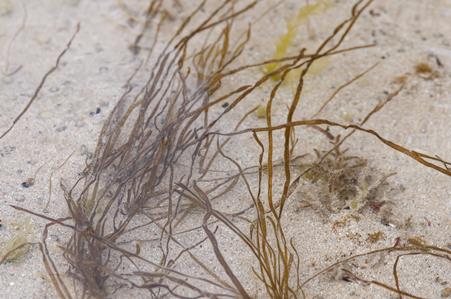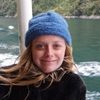General Description
Erect fronds appear as long hollow tubes (terete) arising from base, with occasional constrictions and compression. Fronds taper at base and at tip (apex). Unbranched. Crustose form can appear disc-like to irregular on substratum with a single layer of cells at margins (monostromatic). Holdfast at base is disc-like. Medium to dark brown. Up to 30 cm long (thallus).
Biology
The life cycle of this alga includes an alternative stage that appears as a crust during summer. The crust is often referred to as 'Ralfsia' because it was discovered on Southern Australian shores and thought to be an entirely different species Ralfsia clavata, until its life cycle was studied. The crust life stage is an important food source for intertidal snails such as limpets. The erect life cycle phase usually occurs during winter.
Habitat
Mid intertidal to shallow subtidal areas in moderate to rough waters.
Reefs
Coastal shores
Distribution guide
Worldwide.
Species Group
Seaweeds and seagrasses › Brown algae
Depth
Shore (0-1 m)
Shallow (1-30 m)
Water Column
Max Size
30 cm
Diet
Photosynthetic - sunlight
Commercial Species
No
Global Dispersal
Recorded in Australia
Identify
Conservation Status
- DSE Advisory List : Not listed
- EPBC Act 1999 : Not listed
- IUCN Red List : Not listed







